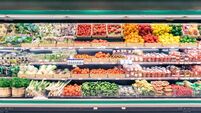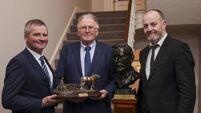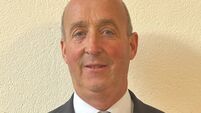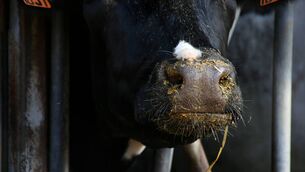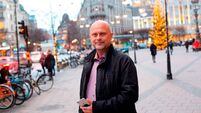900 potential new entrants, 200 to re-enter

Only about 5% of existing farmers plan to cease or reduce production. He said there are 900 potential new entrants, and 200 farmers re-entering dairying.
The projected net effect is an 18% increase in Irish milk production by 2018.
He said Ireland’s grass-based dairy production model is ideal for the post quota environment, being profitable, competitive, replicable, resilient, and sustainable.
“But there’s big scope for improvement.” The top third earn a net profit margin per hectare of about €2,000, have the lowest carbon emissions per litre, and are more likely to be in discussion groups, milk recording and applying slurry in the spring.
The bottom third earn a net profit margin per hectare of about €500.
He said the industry is well on the way to solving cow fertility problems, but animal health is the “new fertility”.
Professor Boyle said Ireland’s recent infrastructural investment for milk expansion is impressive, at over €600m, but the research and development spend is too low, at only 0.65% of food turnover.
Investment has gone into cheese and packaging at Carbery; dryers at Carbery, Dairygold, Kerry, Lakelands, North Cork, and Glanbia.
There has been UHT investment at Aurivo and Lakelands; separation investment at Glanbia; evaporation investment at Arrabawn; butter investment at IDB and Glanbia; and canning investment at Kerry.
Professor Boyle said it is critical that public and private commitment to investment in innovation (research, advisory and education) matches our ambition for export growth. More land needs to be used by those that want to innovate and who are capable of innovating, he added.

